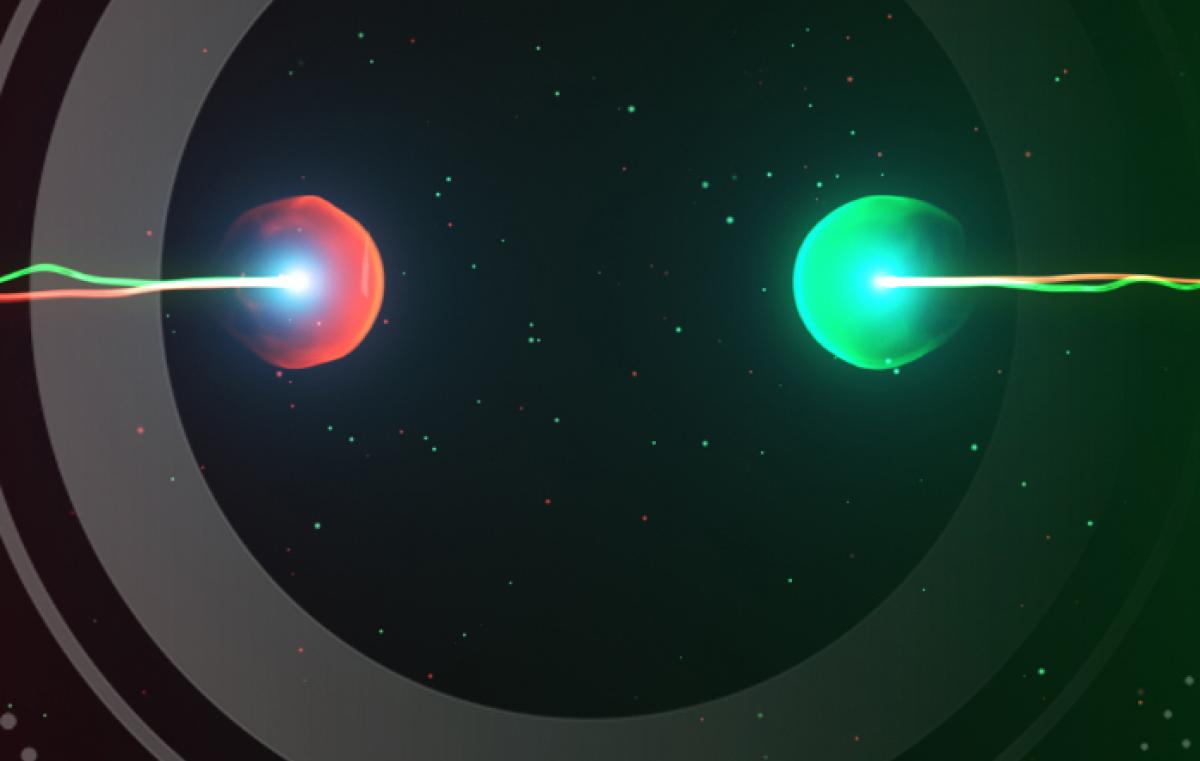The World’s Largest Particle Accelerator
On September 10, 2008, the world’s largest particle accelerator was inaugurated at the CERN Center in Switzerland. Dr. Olga Girshevitz, of the Bar-Ilan Institute for Nanotechnology and Advanced Materials, explains how it’s used

On September 10, 2008, the world’s premier particle accelerator, the Large Hadron Collider (LHC), was inaugurated at the CERN Center in Switzerland. Dr. Olga Girshevitz, of the Bar-Ilan Institute for Nanotechnology and Advanced Materials (BINA), explains why the particle accelerator is such a powerful tool.
Our understanding of the universe is incomplete. The Standard Model of particles and forces, based on our current knowledge of particle physics, leaves many questions unanswered. For example, little is known about the existence of the "divine particle" (Higgs boson) that gives elementary particles their mass, or which fundamental particles were created in the Big Bang?
Developed a century ago, particle accelerators have rapidly positioned themselves at the forefront of nuclear physics and chemistry research. These machines have the power to propel particles in a huge range of energies, from a few electron volts (eV) to a trillion electron volts, and they can accelerate any particle with some electrical charge, which will be used to produce X-rays, neutrons and radioisotopes. The accelerated particles can collide with a stationary target or other moving particles. Processing information about the collision output makes it possible to decipher and understand the properties of particles comprising matter in the universe and the forces transmitted between them.
The LHC accelerator gained fame mainly because of the discovery of the "God particle", and the scientists Higgs and Englert, who predicted its existence, won the Nobel Prize. The circumference of the largest accelerator ring in the LHC is about 27 km and its electricity consumption is so great that its operation is limited to the summer months
The acceleration complex at CERN is a sequence of accelerators with increasing high energies. Each machine injects a beam of particles into the next accelerator, which brings the beam to even higher energy and so on. The energy density and temperature produced by collisions at the LHC are similar to those existing moments after the Big Bang.
Many scientists in the world participate in studies that trace various phenomena that could have been created after the Big Bang, which are "recreated" by the collisions of beams of charged particles. Using accelerators, elements such as californium and mandelbaum, and various subatomic particles, were discovered.
Today there are more than 30,000 accelerators worldwide - linear, circular, small enough to sit on a table or tens of kilometers long, ones that are operated continuously or in pulses. About 99% of the accelerators are used for industrial and medical applications only and the rest are used for basic research in science and technology. The Bar-Ilan Institute for Nanotechnology and Advanced Materials also has a Tandem Pelletron electrostatic accelerator that is used for the analysis of materials in such fields as coating industry (including tribology and optics), solar cells, forensic investigations and mineralogy, for the detection of impurities at the level of one particle per million, and for medical research. Moreover, the accelerator is used for depth study of the interaction of MeV ions in its track with some alloys and 2D materials in order to increase our theoretical understanding of the induced radiation effects and defects mechanism.